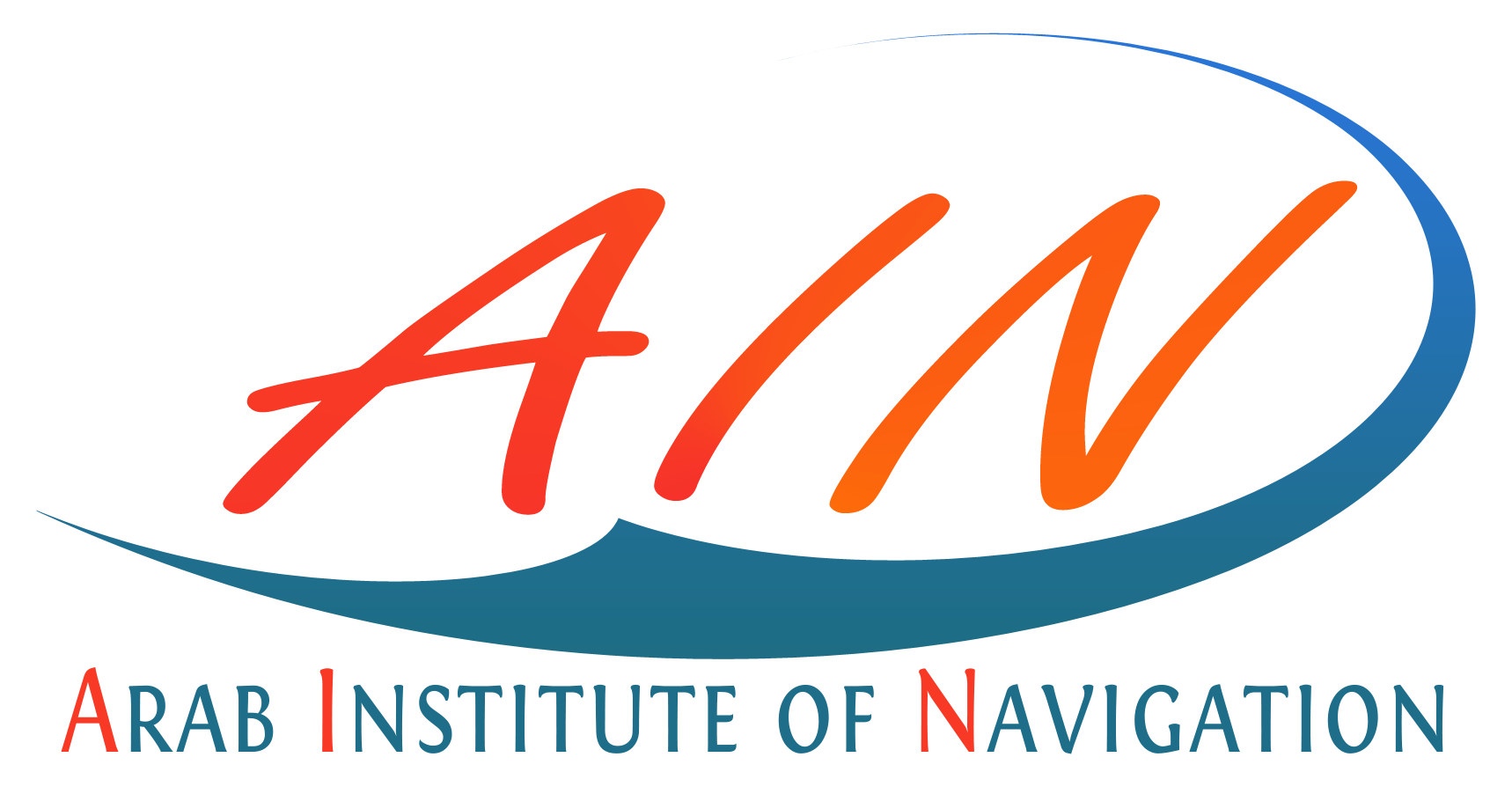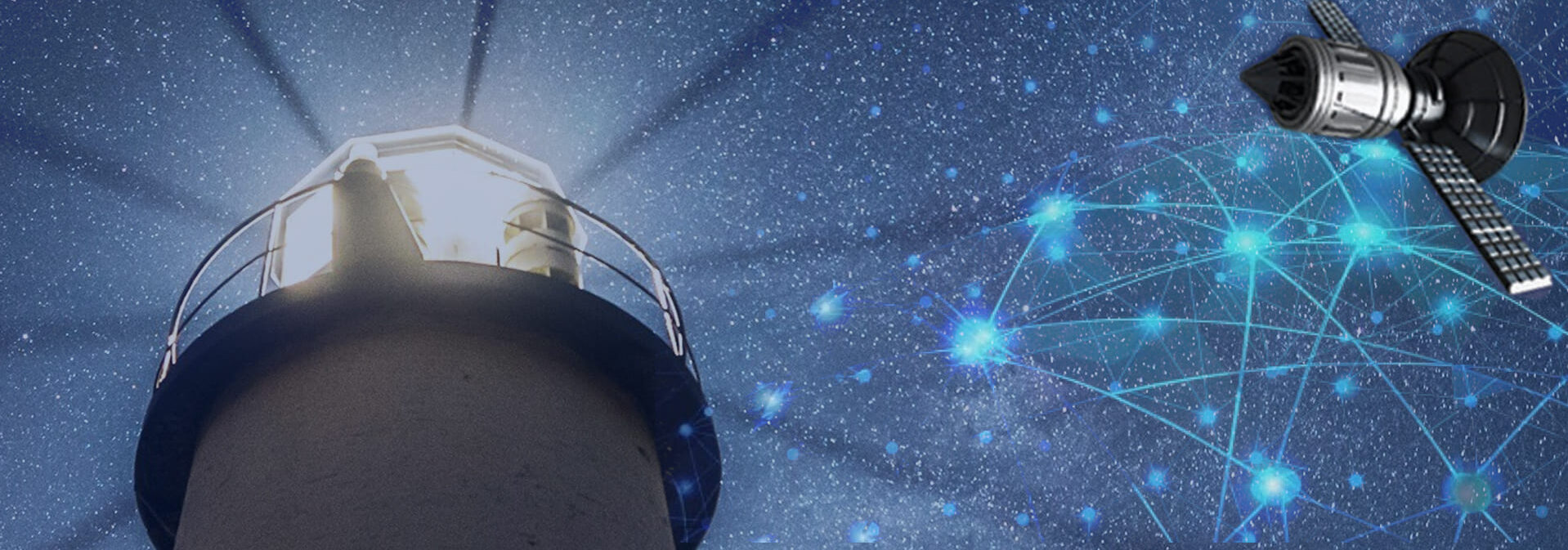| فعالية جودة الخدمات اللوجستية على تحسين الأداء بميناء سفاجا البحري |
| أحمد على محمد مرعي |
| DOI NO. https://doi.org/10.59660/49125 Received 16/08/2024, Revised 02/09/2024, Acceptance 10/11/2024, Available online 01/01/2025 |
المستخلص:
تهدف الورقة البحثية إلى قياس تأثير جودة الخدمات اللوجستية على تحسين الأداء بميناء سفاجا البحري و العوامل المبنية على تفعيل دور اللوجستيات بالميناء ، و قياس مدي أهمية استخدامه . فان مشكلة الدراسة ترجع إلى انخفاض كفاءة الأداء بميناء سفاجا البحري وعدم تطبيق بعض بنود جودة الخدمة اللوجستية مما يؤثر سلباً علي أداء وإنتاجية ميناء سفاجا البحري. و قد قسم الباحث الرسالة إلى أربعة فصول لتحقيق الهدف الرئيسي للرسالة ، و بلغت مجمع الدراسة عدد 20 مدير و 1015 عامل بالميناء وكانت عينة الدراسة 279 فرد ، و لقد استخدم الباحث المنهج الوصفي التحليلي وذلك نظراً لطبيعة البحث والأهداف المرجوة منه. وهذا المنهج يعتمد على وصف الظاهرة والتعبير عنها كيفا وكماً وكذلك التحليل والربط للوصول إلى استنتاجات محددة ولذلك استخدم مصدرين أساسيين للمعلومات وهما البيانات الثانوية و البيانات الأولية
و توصلت الدراسة إلي انه هناك علاقة ذو دلالة إحصائية بين جودة الخدمات اللوجستية المقدمة من ميناء سفاجا البحري على تحسين و رفع كفاءة الأداء ، مع تقييم الوضع المستقبلي للوجستيات داخل الميناء و العمل على تفعيل استخدام اللوجستيات داخل الميناء وتوافر المناخ المناسب لهذا التطوير لتواكب التطور العالمي للأداء اللوجستي بالموانئ العالمية.

